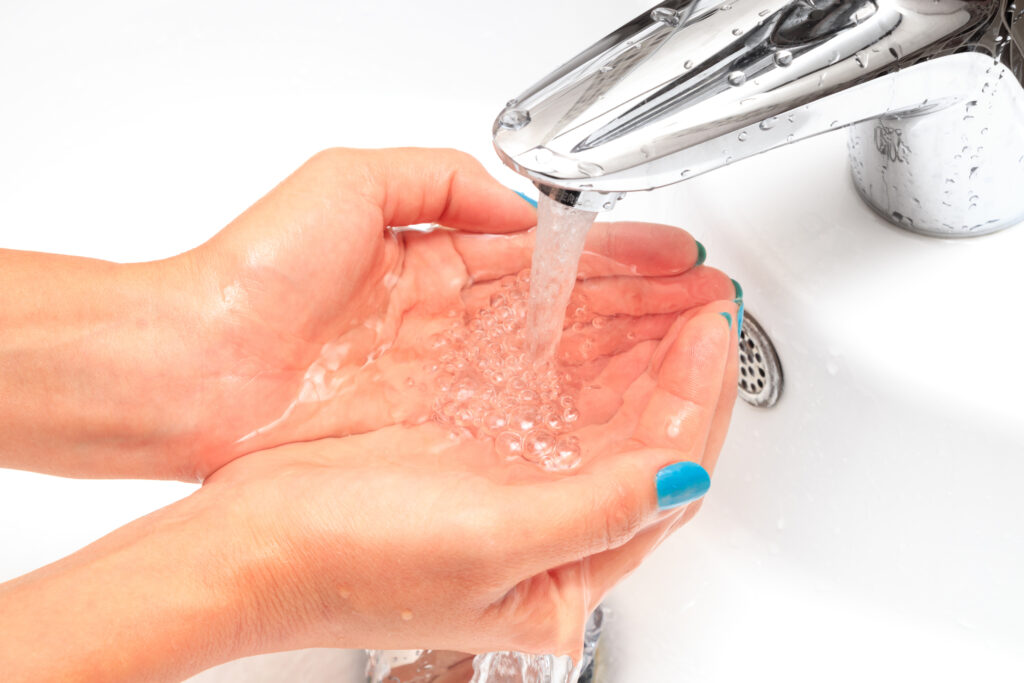As a landlord, ensuring the health and safety of your tenants can be a complex responsibility. One crucial aspect often overlooked is the risk posed by Legionella bacteria. In this article, we will explore what Legionella is, how it arises and the consequences of an outbreak. We will also delve into the responsibilities of landlords regarding Legionella risk assessments and the steps involved in conducting one effectively.

Understanding Legionella: Origins and Implications
Legionella bacteria are naturally occurring organisms that thrive in water systems, particularly in warm, stagnant water ranging from 20°C to 45°C. The bacteria can become a health risk in man-made environments such as water tanks, hot tubs and complex plumbing systems, where they have the potential to proliferate.
When people inhale water droplets containing these bacteria, they can develop Legionnaires’ disease, a serious form of pneumonia. The symptoms include severe chest pain, breathing difficulties, high fever and muscle pain. Another milder condition associated with Legionella is Pontiac fever, which presents flu-like symptoms.
The repercussions of an outbreak can be severe, not only in terms of tenant health but also in legal and financial consequences for landlords who neglect their duty to manage risks.
Landlord Responsibilities
In the UK, landlords have a legal duty to ensure the health and safety of their tenants by keeping the property safe and free from health hazards. This includes assessing and controlling the risk of exposure to Legionella. The Health and Safety Executive (HSE) does not require a Legionella test certificate, but landlords must conduct risk assessments to identify and mitigate risks.
Landlords should ensure that water systems are regularly maintained and kept clean, that water is not allowed to stagnate (especially important in properties that are frequently unoccupied), and that the temperature of hot water is kept hot enough to prevent the bacteria from thriving.
Conducting a Legionella Risk Assessment
A Legionella risk assessment is the first step in fulfilling these responsibilities. This assessment should identify potential sources of risk, assess the conditions that allow the bacteria to thrive, and determine the necessary measures to mitigate these risks.
- Identify risk areas: Check where Legionella could grow and spread in the water system. This includes parts of the system with little or no water flow, as well as water tanks, heaters and pipes.
- Assess water system conditions: Determine whether the water temperature in some parts of the system might encourage bacteria growth or if there are deposits that could support bacterial proliferation, such as rust, sludge or scale.
- Implement control measures: Set controls to prevent the growth and spread of Legionella. This might include setting control parameters like temperature or flushing areas of the system periodically to prevent stagnation.
- Record, manage and review: Keep detailed records of the assessment findings and review the assessment regularly, especially when there is a change in the building’s use, the water system, or the key personnel involved in maintaining it.
At Belvoir Northwich, we understand the seriousness of Legionella and the potential risks it poses to both tenants and landlords. Our dedicated team is equipped to guide and assist you in conducting thorough Legionella risk assessments for your rented properties. We provide expert advice and management solutions tailored to ensure your properties are compliant with current health and safety regulations. Don’t wait for an outbreak to learn about the importance of Legionella prevention. Contact us today at Belvoir Northwich ensure your peace of mind and the safety of your tenants.








